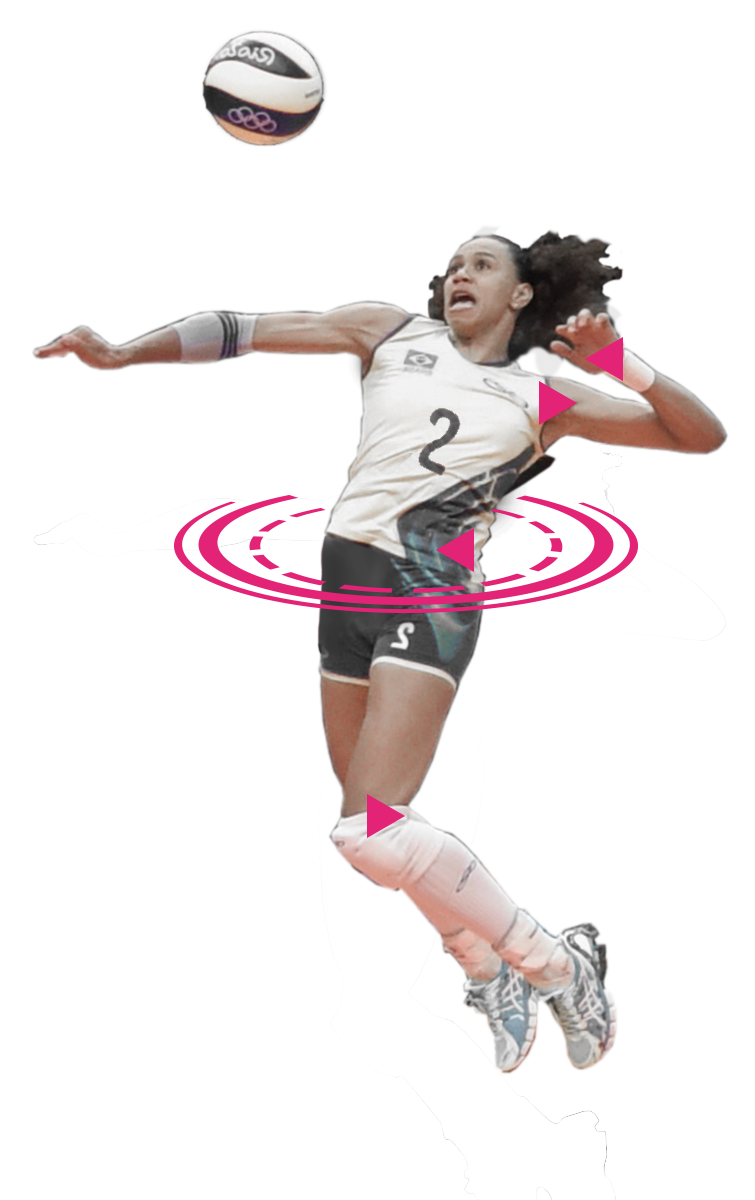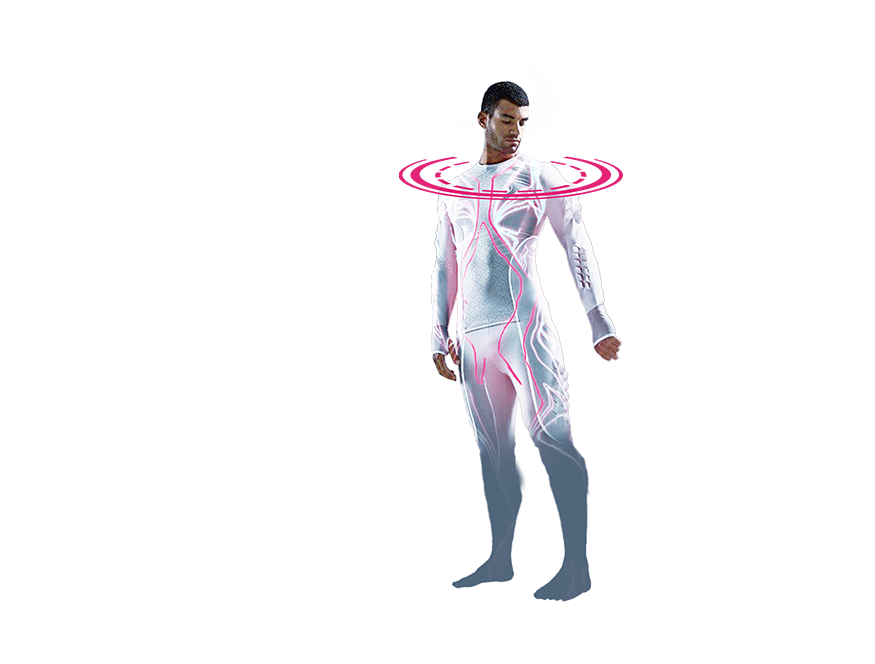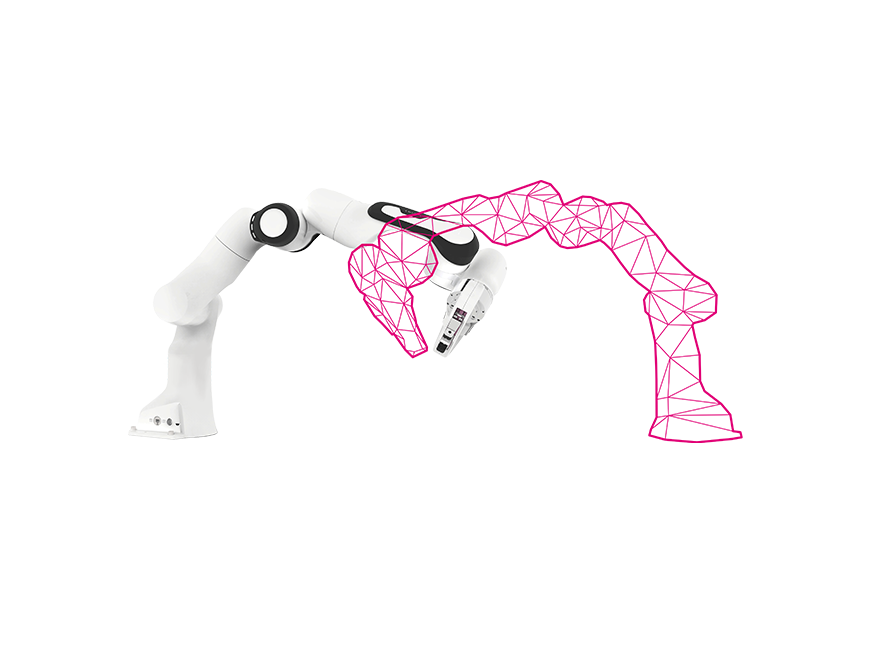The concept of virtual research rooms
To enable a rich and dynamic exchange of ideas among the experts from the different research areas represented in CeTI we use the concept of virtual research rooms (VRR). We foresee a cross-level hierarchy from disciplinary talent pool (TP) rooms that group all principal investigators (PI) from a single domain, over interdisciplinary key concept (K) rooms, in which experts from different disciplines co-operate on shared innovative solutions, to the use case (U) rooms.
To enable a rich and dynamic exchange of ideas among the experts from the different research areas represented in CeTI we use the concept of virtual research rooms (VRR). We foresee a cross-level hierarchy from disciplinary talent pool (TP) rooms that group all principal investigators (PI) from a single domain, over interdisciplinary key concept (K) rooms, in which experts from different disciplines co-operate on shared innovative solutions, to the use case (U) rooms.
The TP rooms
The TP rooms generate the knowledge required for the K rooms; the TP rooms tackle fundamental research questions about Human-in-the-Loop (TP1), sensors and actuators (TP2), communication, compression, and control (TP3), flexible electronics (TP4), and tactile computing (TP5).

Humans
Establish empirical basis for modelling human goal-directed multi-sensory perception and action.
Broad coverage of human factors sensitive to age and expertise; multi-sensory integration research in VR/AR and remote teleoperation.
Excellence in lifespan developmental and computational neuroscience, learning and technology, medical data science, robotic-assisted surgery.
Key psychophysical parameters and models capturing human factors of goal-directed multi-sensory perception and action.
Sensors and actuators
Develop intelligent wearable low-weight, low-latency sensors and actuators.
Novel concepts on very fast fibre based actuators and eyeables.
Leading experts in smart glasses, e-textiles, robots, haptic actuators, audio reproduction, and CPS.
Low latency HD eyeables with power consumption <3 mW, low latency eGlove and eBodySuit with >1 N actuating force.


Communication
Deal with massive amounts of sensor data and break well-known trade-off barriers.
Novel concepts on compressed sensing, functional compression, and network coding.
World-leader in network coding and haptic codes.
10x–100x data reduction.
Flexible electronics
Ultra-small bendable electronic circuits to interconnect and process data collected by sensors on the human body; integrate those with flexible and stretchable substrates for natural interface.
100 GHz wake-up transceivers for reduced power consumption and size; novel substrates for stretchable integration; distributed sensor data processing.
Leading in sub-THz circuit design and stretch-able packaging; Zwanzig20 fast cluster; Human Brain Project.
Wireless BAN and body-computing-hub integrated with bendable and stretchable substrates: fully integrated 100 GHz transceiver with < 1 mW power consumption; positioning system with < 1 ms latency; distributed processing network with 20 TOPS/W.


Tactile computing
Develop secure and privacy-preserving computing infrastructure and intuitive intervention and programming techniques.
General µ-service framework on heterogeneous and untrusted hardware, model-based explanation, and intuitive intervention framework.
Expertise in cloud security and privacy; ScaDS and DLR centres for HPC; RoSI RTG; 3 start-ups around TP5 topics (SCONTAIN, Componolit, Wandelbots).
Secure tactile computing platform with adaptive task allocation; introspection and explanation facilities; ultra-low latency world capturing and modelling.














